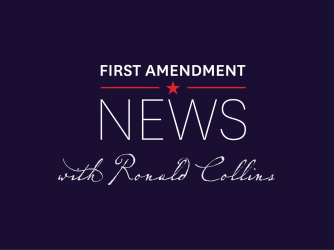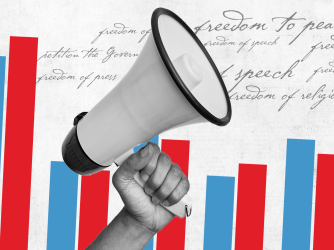Table of Contents
Jason Aldean, Amanda Gorman, and the ‘Streisand Effect’

Abbey Cutrer / The Tennessean / USA TODAY NETWORK
Jason Aldean performs during CMA Fest at Nissan Stadium early in the morning on Saturday, June 10, 2023, in Nashville, Tennessee.
People never seem to learn: The more you try to bury something, the more people want to dig it up.
A new music video from country music star Jason Aldean for his song, “Try That in a Small Town,” will no longer air on Country Music Television. CMT did not comment on why it pulled the video, but the video has been the target of criticism for, according to Axios, striking “a threatening tone while criticizing gun control and protests against police.”
Aldean sings, “Well, try that in a small town/ See how far ya make it down the road … You cross that line, it won’t take long/For you to find out, I recommend you don’t / Try that in a small town.”
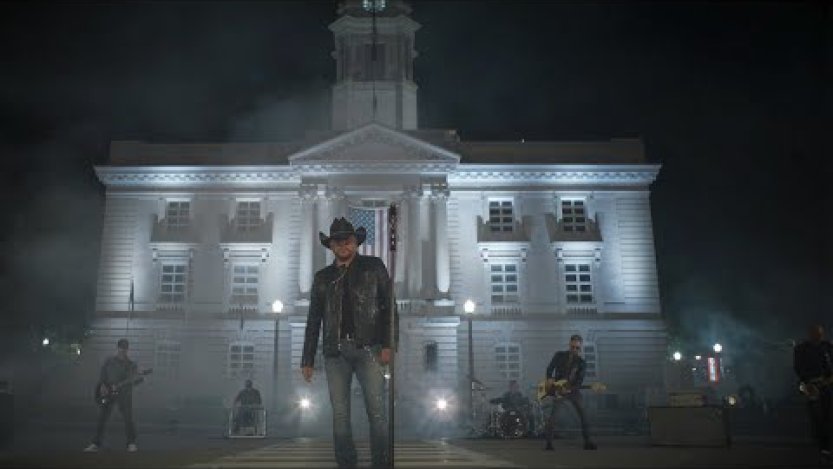
The song’s critics, including a Tennessee state legislator and singer Sheryl Crow, suggest that it and the video promote violence, vigilantism, and racism. Some even suggested the song is itself threatening.
Everyone is free to criticize the video or the song, of course. And CMT absolutely has the right to decide what it will and won’t air on its own television channel. But the video and song both fall well within the bounds of constitutionally protected speech. To the extent anyone argues otherwise, they’re wrong.
And the backlash to the video is having a predictable effect: Everyone is talking about it.
The problem with trying to suppress expression you don’t like: You’re just as likely to draw more attention to it.
Now, hundreds of news articles have covered the backlash — and the backlash to the backlash — and thousands of people are sounding off on social media. The video has already racked up over one million views on YouTube, and the song is surging up the music charts. Thousands of people who may never have even heard of Aldean, much less listened to his music, have now watched “Try That in a Small Town.”
This phenomenon is known as the “Streisand Effect,” a tribute to the unintended effect of Barbra Streisand’s lawsuit against a photographer over a photo he took of her home as part of a project documenting California’s coastal erosion. Streisand’s suit generated intense public interest in the very image she tried to suppress, ensuring it was seen by far more people than it otherwise would have been.
We see the same pattern across the political and cultural spectrum.
Earlier this year, a grade school in Florida sparked controversy when school administrators decided the poem, “The Hill We Climb,” by Amanda Gorman was inappropriate for elementary school students. The school, for students from kindergarten through eighth grade, limited access to the poem to middle school students. Much of the reporting of the controversy characterized the move as a “book ban.”
The impact? Sales of the poem skyrocketed. By early June, Gorman’s forthcoming children’s book, “Something, Someday,” reached No. 2 on Amazon’s list of best-selling new releases.
Like Aldean, Gorman couldn’t have asked for better publicity.
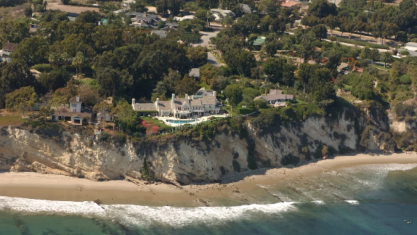
This phenomenon is not new. In the late 19th and early 20th centuries, officials in Boston banned books, movies, music, and plays with “objectionable content” from the city. But the restrictions had unintended consequences: Being “Banned in Boston” gave those works more appeal in other locations. Authors and other artists wanted their books to be banned in Boston because it would boost sales elsewhere.
In his book, “The Mind of the Censor and the Eye of the Beholder,” FIRE Chief Counsel Robert Corn-Revere writes of the “pioneer” of American censorship, Anthony Comstock, encountering the same phenomenon:
[Comstock] recounted the story of a fashionably dressed young woman who came into his office seeking assistance. She was an actress in need of publicity, she explained, and said she wanted to publish a “spicy” book. She then asked if she could pay him to “attack it just a little” and to “seize a few copies” in order to “attract attention to her book and get the newspapers to notice.”
The natural, human reaction to being told you can’t or shouldn’t see something is … to try and see that thing. As FIRE’s Greg Lukianoff and Ryne Weiss wrote back in 2020, “When you tell someone they can’t share a piece of information, you activate some lizard part of their brain that says, ‘No, screw you!’ and motivates them to spread it as far and as wide as possible.”
Much like the artists banned in Boston at the turn of the century, Jason Aldean is no doubt thanking CMT right now for a public-relations goldmine.
Attempting to suppress expression often amplifies it instead, attracting curiosity and increasing its reach. But there’s an easier choice when encountering art you find offensive. Don’t listen. Don’t read the book you don’t want to read. Don’t watch the movie you don’t want to see.
But trying to keep others from accessing expression you don’t like? Well, that will backfire. Just ask Barbra Streisand.
Recent Articles
FIRE’s award-winning Newsdesk covers the free speech news you need to stay informed.
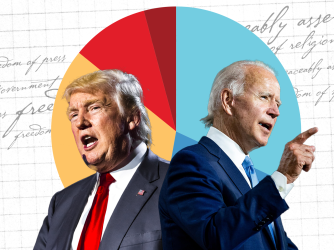
New FIRE poll: Americans equally skeptical Biden or Trump will protect First Amendment rights

Here’s what student journalists need to know about covering campus protests
